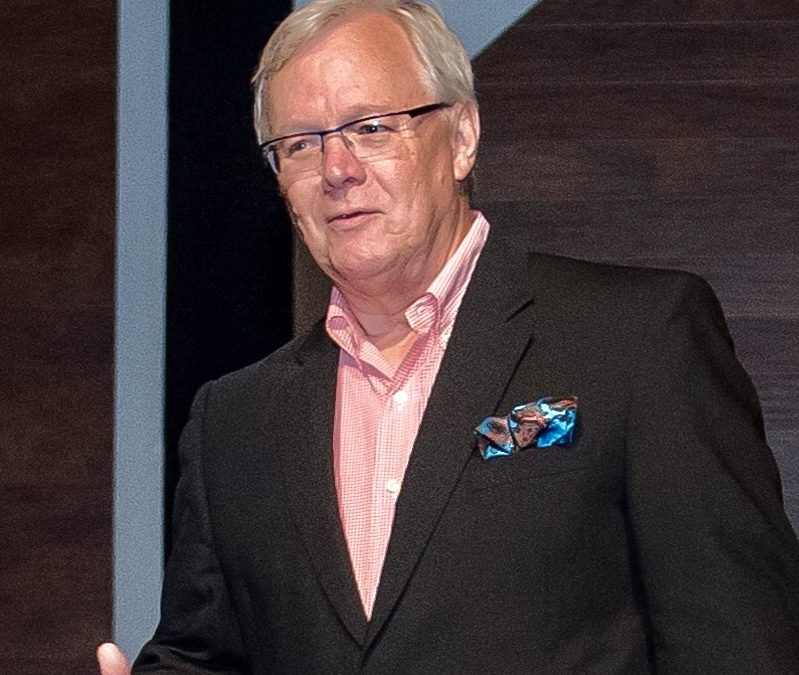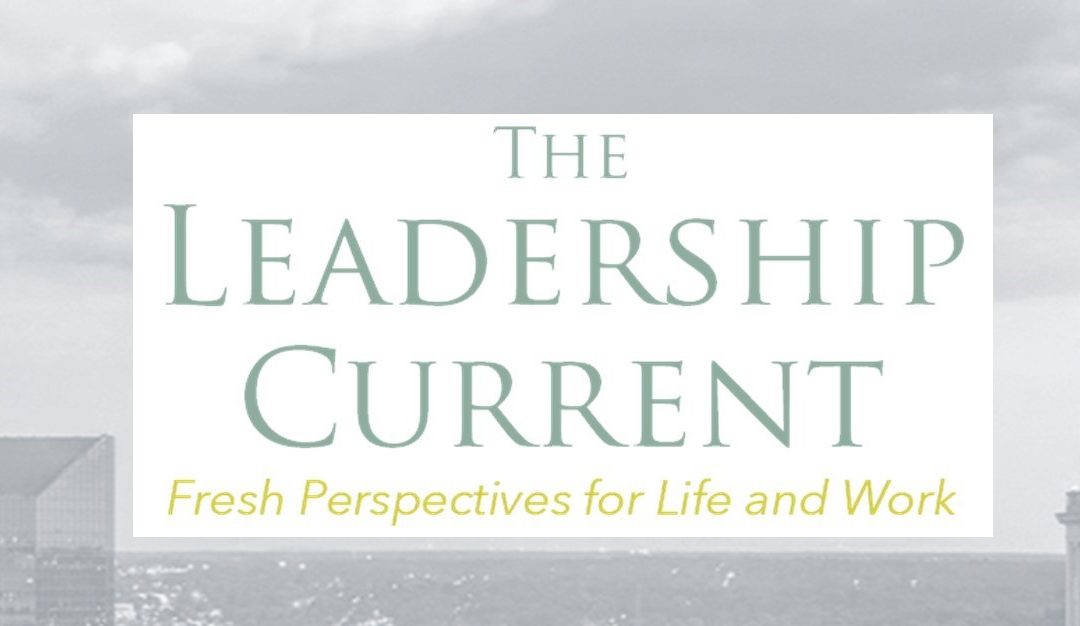


Becoming a Person of Impact
In this turbulent time of change, the tendency is for us is to hold back and wait to see what other people are going to do. Then we follow them. The transition point that we are in doesn’t provide us the luxury to wait. The times call us to take personal...
Leadership Conversations
Let’s Talk
There is a phenomenon that is occurring that is worth noticing. And you can be a part of it.
People don’t learn well without conversation. When they talk about an idea, it is how they grow in self-awareness for the purpose of gaining greater situational awareness. The integration of knowledge into practice is now a goal. This is how we learn to be better decisions, solve the most difficult programs, and build teams of people who genuinely respect and trust each other.
We grow as persons and as leaders of impact when we talk with each other. We get better at the practice of living our lives, doing the work that we do, and actually achieving the goals that we set.
It is for this reason that I believe we need to carve out more time to talk, to converse, to interact, to learn from each other. Every conversation that I have never fails to give me something to think about that I find valuable and practical. This is why leaders need to be talking with each other. A few of us have a plan, and we’d like you to join us.

Ideas Make One Free
I came to realize through working with leaders and their organizations that their problems were not just organizational. Within their teams and workforce, there were philosophical differences that made creating a culture of trust more difficult. I found that when the ideas that we identify as values were treated as secondary or optional aspects of the business, it also contributed to difficulties in how people worked together. Trust in relationships is a product of clarity of not just the why of the company, but the how. It doesn’t take long talking with people from any business to discover if they are clear about the company’s values and goals. When that clarity is missing, there is reticence on the part of employees to give their best each day.

Why Some Problems Never Get Solved
In the mid-1990s, I started my consulting practice with the aim of helping leaders strengthen their organizations, with the larger goal of strengthening their local communities. As one project after another came, a pattern began to emerge. Problems presented to me often turned out to be symptoms of more complex problems. These were not isolated incidents. The situations and the kinds of organizations were not similar. Their problems were similar. But more importantly, they were not getting resolved by the way we have all learned to solve problems. For as long as I’ve been working in organizations, the belief has been that the solution is in the problem itself. This approach failed to understand that there is always more going on than the problem itself.

